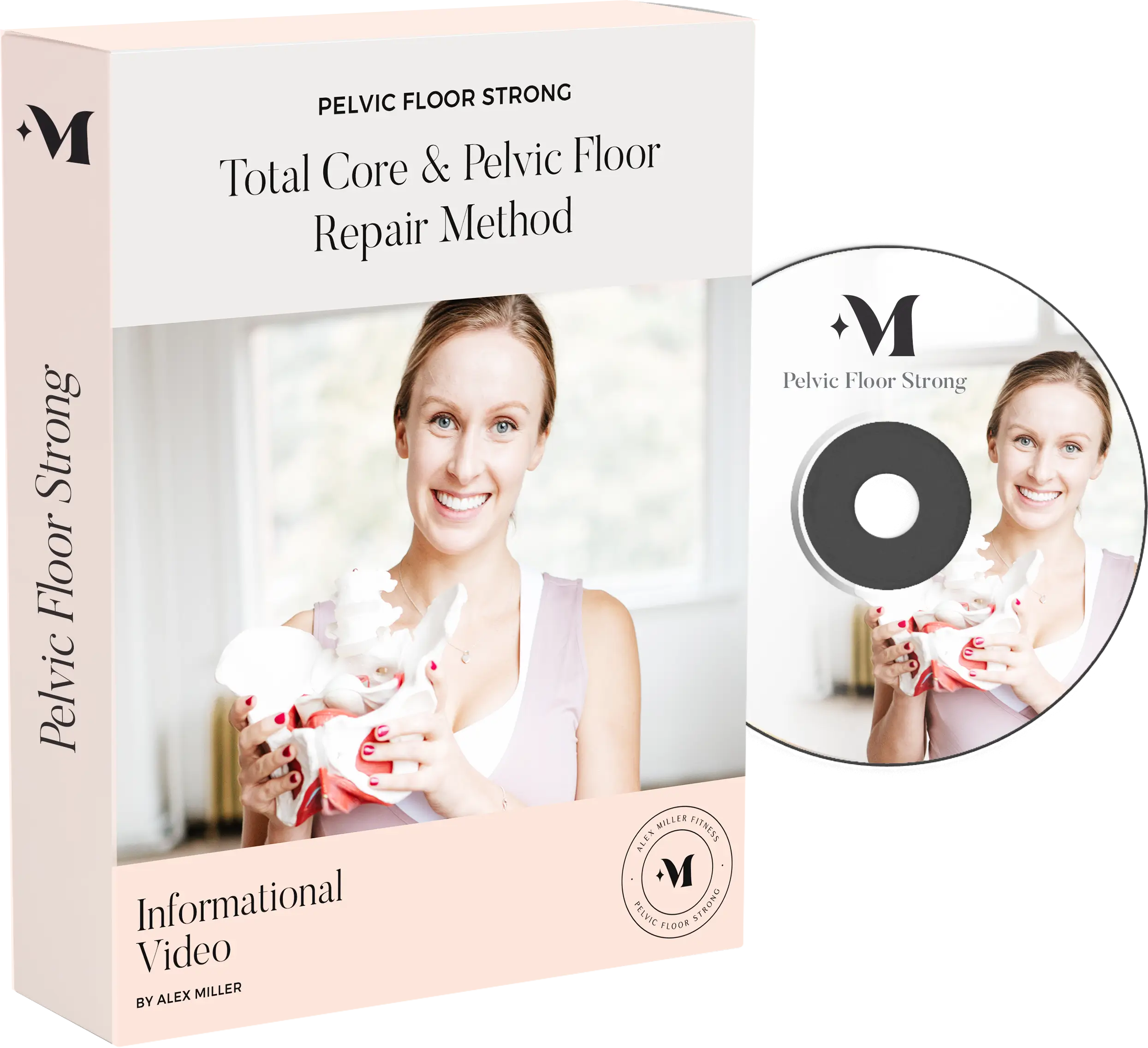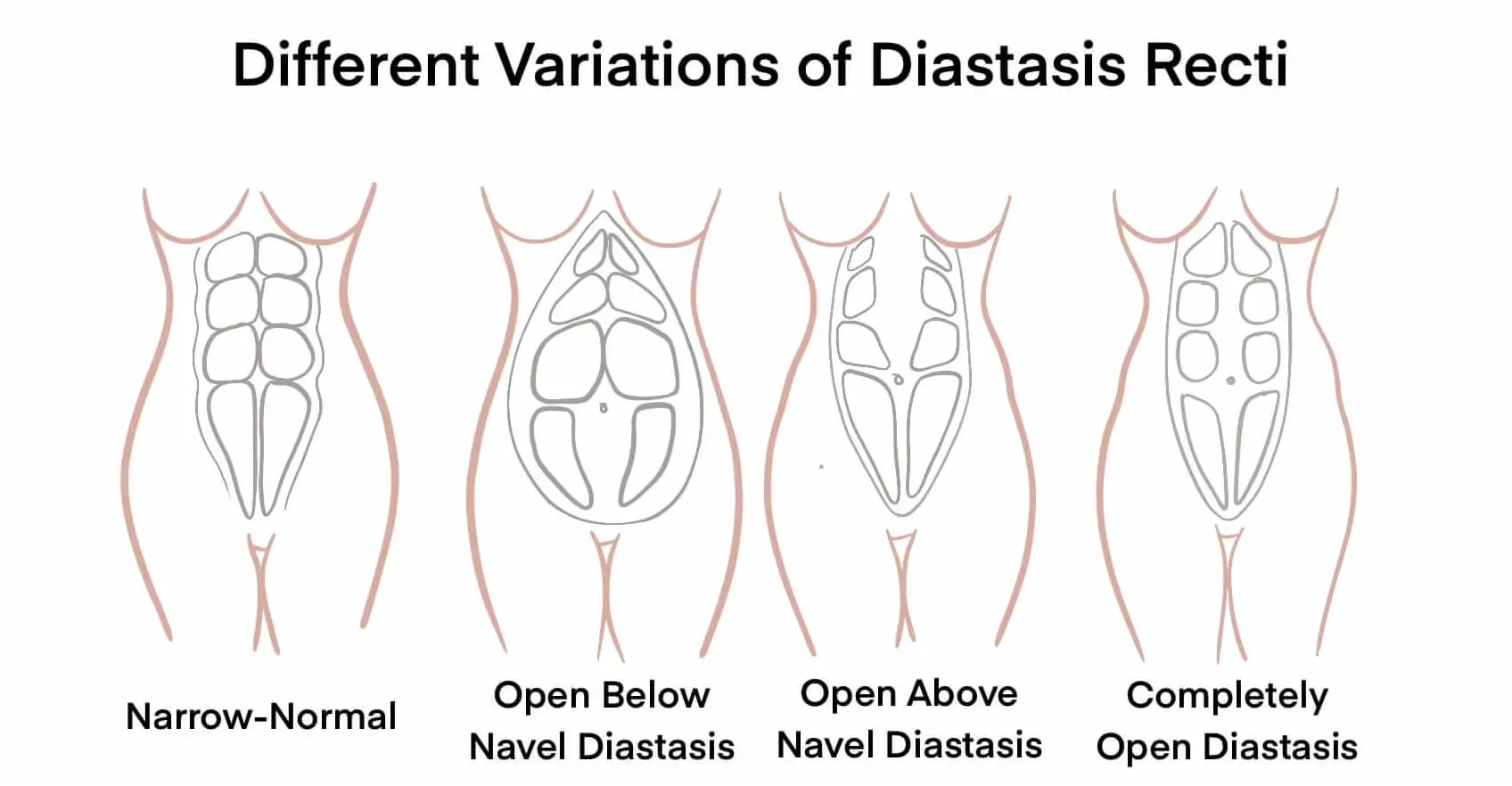Pelvic Floor Strong combines short, progressive exercise sessions with guided video instruction and educational resources to help women rebuild pelvic floor strength and overall core stability.
The program includes a variety of focused exercises — Kegel work, core-strengthening drills, diastasis-recti–friendly movements, and posture and mobility exercises — all intended to improve bladder and bowel control by restoring pelvic floor muscle function and whole-body support.
Kegel Exercises: These teach you to locate and contract the pelvic floor muscles. A common starting prescription is to hold each contraction for 5–10 seconds, perform 8–12 repetitions, and complete 2–3 sets per session as you build strength and endurance.
Core Exercises: Targeting the abdomen, hips, lower back, and pelvis, these exercises help integrate pelvic floor contraction with breathing and movement to reduce leaks during activity. Many routines include gentle progressions for diastasis recti and emphasis on neutral spine and pelvic alignment.
Posture & Mobility: Simple posture-improving drills and mobility work reduce strain on the pelvic floor and lower back, improving how the body supports internal organs and reducing pressure that can worsen incontinence or prolapse symptoms.
Whole-Body Conditioning: The program also offers low-impact full-body exercises that support weight management and metabolic health; while these can help flatten the midsection over time, weight loss is best achieved with combined nutrition and overall exercise plans rather than pelvic training alone.
Video Guidance: Clear, easy-to-follow videos demonstrate each movement and show proper form — for example, how to lie back with knees bent to perform pelvic tilts or Kegels safely, how to cue breath while tightening the pelvic floor, and how to position feet and knees for stability.
Sample 10-minute routine (example): 1) Activation: 1–2 minutes of diaphragmatic breathing with gentle pelvic floor contractions (hold 5 seconds x 8 reps). 2) Core integration: 4 minutes of modified core exercises (8–12 repetitions, 2 sets). 3) Mobility & posture: 3 minutes of hip and lower back mobility and posture resets. Progression over weeks increases repetitions, holds, or adds light resistance.
Safety & Scope: The program aims to address stress and urge urinary incontinence in many users, but results vary. If you have organ prolapse, recent pelvic surgery, severe incontinence, or pelvic pain, consult your primary care provider or a pelvic health specialist before beginning and consider booking an appointment for individualized guidance.


